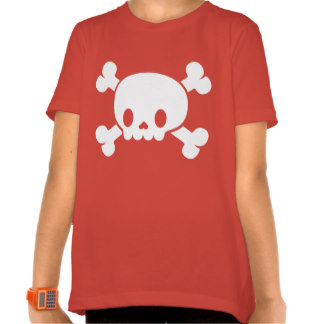I can no longer tell you when exactly it was that I fist discover his work. I have been trying to remember but I cannot tell you what piece it was either. I can tell you however that I was deeply moved and that he has been a rich inspiration since. Perhaps it was Pulse Room, a piece he did in 2006.
Last year I finally was able to see many of his works live at the MUAC, in Mexico DF.
Best Practices for Conservation of Media Art from an Artist's Perspective
This past Monday I had the chance to attend a talk at NYUs Institute of Art given by Rafael himself. The talk was focus towards Conservation of Media Art and the challenges artists, preservations and collectors often have to face.
Like many, if not all media artists out there, Rafael's work eventually stops working, perhaps it is the computer that died, a hinge that broke, or simply a lightbulb that needs replacing. Some of these problems might sound easy to fix. The problem really grows when you consider that his artwork includes technology, technology that in just a couple of years will go obsolete and perhaps difficult to fix.
To address this Lozano and his team prepare a set of detailed instructions, anything from CAD drawings, source codes, assembly instructions to a list of suppliers and acceptable guidelines for replacing or fixing components. He says that this details are so descriptive that if they were shared one could build the artwork from nothing. At this point he made reference to Sol Lewitt, mentioning that his artwork is nothing but a set of instructions, this had led him to the challenge of creating un-replicablecertificates to ensure collectors or museums that they have an original work.
These thoughts more and more made me think of his work appropriate for this class, reason why I am choosing him for this week's assignment.
Tape Recorders
Tape recorders is a piece that they did back in 2011 for the MCA Sydney. It includes the use of a computerized tracking system (kinects), computers, cameras, a thermal printer and custom hardware and software.
http://www.lozano-hemmer.com/showimage.php?img=Sydney_2011&proj=257&type=artwork&id=2
As people walk through the gallery, the Kinects pick up the location of the expectators, map their position and project the measuring tapes upwards.
http://www.lozano-hemmer.com/tape_recorders.php
Eventually the measuring tape collapses on itself, point at which it recoils back to its initial position.
Finally, every hour, a statement is printed with the total time spent by the audience looking at the artwork.
Here a video:
Lozano-Hemmer has a website where you can find all of his works as well as projects that he and his team are working on. However, I find that Bitforms has a much cleaner page and it is a nicer experience if you want to explore and discover his work.
Finally, I couldn't finish this blogpost without showing the picture to the right, Melissa, Sejo, Rafael and myself.


















